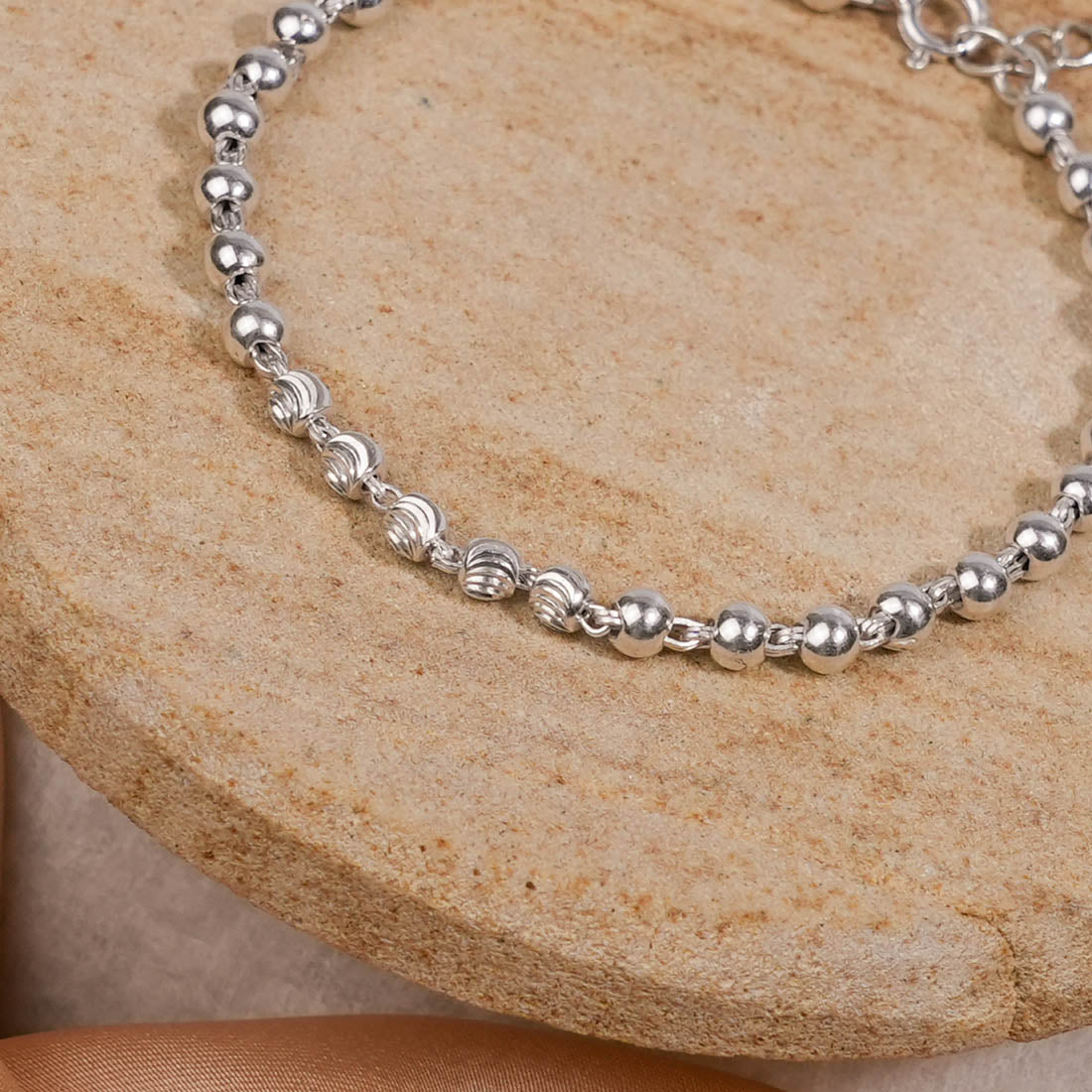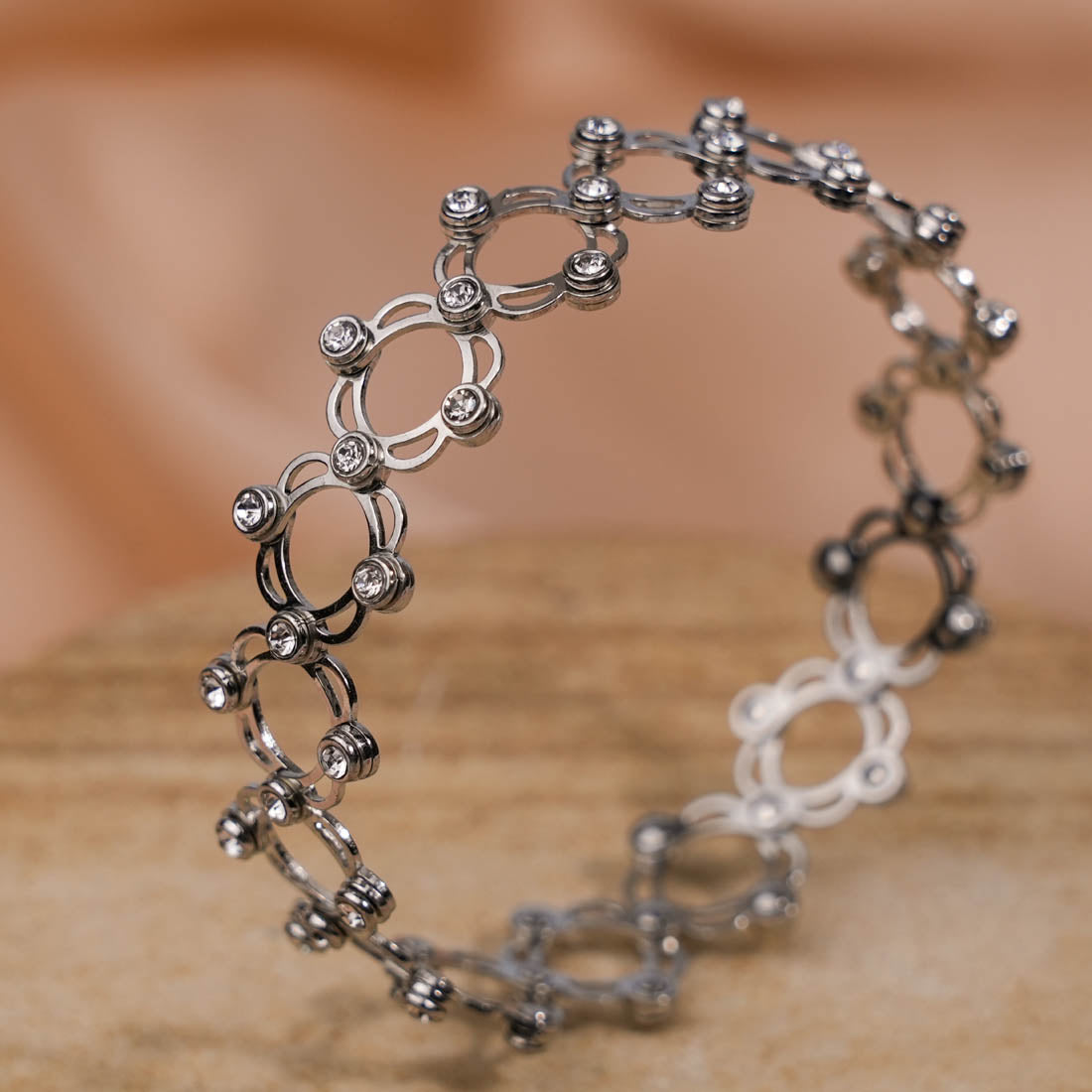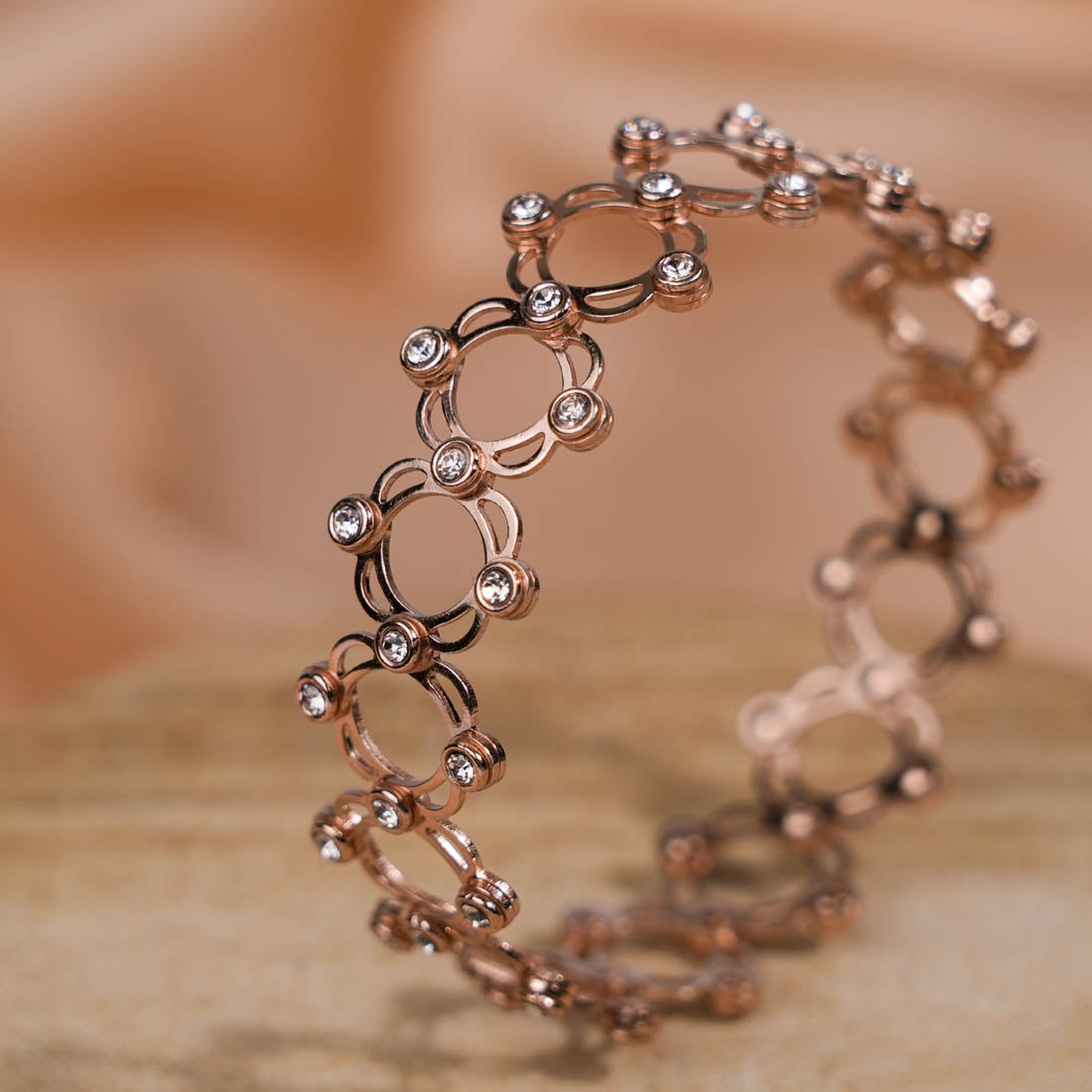In the rich tapestry of Hinduism, malas hold a significant place in spiritual practices. Whether it’s the revered Rudraksha Mala, deeply associated with Lord Shiva, or the Tulsi Mala, linked to Lord Vishnu, these sacred beads play a central role in meditation and devotion.
However, for many seekers, the question often arises: Which mala should I choose? What sets the Rudraksha Mala apart from the Tulsi Mala?
In this blog, we will explore the spiritual significance, practical benefits, and symbolic meanings of these two sacred malas, providing you with insights to make an informed decision based on your spiritual needs.
The Spiritual Legacy of Malas in Hinduism
A Journey Through Time
Malas, or prayer beads, are much more than mere accessories; they are powerful tools for meditation, mantra chanting, and divine connection. From ancient sages to modern devotees, malas have been used to count repetitions of mantras, helping practitioners focus and attune their consciousness.
Among the many varieties, the two most prominent malas are the Rudraksha and Tulsi malas, each carrying its own unique energy and spiritual essence.
Rudraksha Mala: The Tears of Shiva

Rudraksha, often referred to as the “tears of Shiva”, holds a revered place in the hearts of devotees. According to Hindu mythology, when Lord Shiva saw the suffering of the world, his compassionate tears fell to the earth and transformed into Rudraksha seeds.
This profound connection to Shiva makes the Rudraksha Mala a favorite among Shaivites and those who seek inner peace, strength, and spiritual growth.
The Rudraksha beads are known for their distinct grooves or faces mukhi each carrying its own spiritual properties:
- 1 Mukhi Rudraksha: Associated with heightened divine consciousness.
- 5 Mukhi Rudraksha: Most commonly used, ideal for daily meditation and calming the mind.
- Other Mukhi Rudrakshas: Each has its own symbolism, ranging from wisdom, prosperity, protection, to enhanced devotion.
In essence, a Rudraksha mala is not just a necklace it is a living spiritual companion.
Tulsi Mala: The Sacred Gift of Vishnu

The Tulsi Mala is made from the sacred Tulsi plant (Holy Basil), which is deeply revered in Hinduism and intimately associated with Lord Vishnu. In Vaishnavism, Tulsi is worshipped as an incarnation of Goddess Lakshmi or Vrinda, a devoted consort of Vishnu.
For centuries, devotees of Vishnu, especially followers of Bhakti Yoga, have worn Tulsi malas as a mark of surrender and devotion.
Beyond its symbolism, Tulsi is also celebrated in Ayurveda for its healing powers – boosting immunity, reducing stress, and purifying both body and mind.
Wearing a Tulsi mala is believed to:
- Attract divine grace and blessings of Vishnu and Krishna.
- Foster humility, unconditional love, and surrender.
- Purify the aura and protect against negative influences.
For those drawn to the path of devotion, the Tulsi mala is a gentle yet powerful guide.
Rudraksha vs Tulsi: Breaking Down the Differences
The Key Spiritual Benefits
Rudraksha Mala - Meditation and Protection
- Energy & Protection: Creates a protective shield, shielding the wearer from negativity.
- Connection with Shiva: Aligns the wearer with Lord Shiva’s transformative energy.
- Health Benefits: Said to calm the nervous system, balance blood pressure, and reduce stress.
- Inner Strength: Encourages courage, focus, and the dissolution of ego-based attachments.
Tulsi Mala - Devotion and Purification
- Devotion & Surrender: Enhances Bhakti (devotion) and love for Lord Vishnu.
- Purification: Purifies thoughts, emotions, and surroundings with Tulsi’s sattvic vibrations.
- Connection with Vishnu: Deepens chanting of mantras like the Hare Krishna Mahamantra.
- Calming Energy: Provides a cooling influence on the mind, reducing anger and restlessness.
Physical and Symbolic Differences
Material Composition
- Rudraksha Beads: Seeds of the Rudraksha tree (Elaeocarpus ganitrus), with natural grooves (mukhi).
- Tulsi Beads: Carved from Tulsi plant stems; smooth, light, and polished.
Symbolic Associations
- Rudraksha: Represents Shiva’s energy, ascetic power, and transformation.
-
Tulsi: Represents Vishnu’s qualities of devotion, compassion, and preservation.
Durability
- Rudraksha beads are hardy and long-lasting if cared for with oiling.
- Tulsi beads are more delicate and need protection from water and rough use.
Practical Considerations: Choosing Your Mala

Which Mala Is Right for You?
- For Meditation and Inner Strength: Choose Rudraksha Mala if your focus is meditation, self-inquiry, and inner stability. It offers clarity, grounding, and spiritual protection.
- For Devotion and Bhakti: Choose Tulsi Mala if your heart resonates with love, surrender, and devotion to Lord Vishnu or Krishna. It purifies emotions and fosters peace.
- For Health and Well-Being: Rudraksha: Known for stress relief and calming the nervous system. Tulsi: Known for immunity-boosting and purifying properties.
Counterarguments and Considerations
Some believe choosing one mala over the other may limit spiritual growth. But in reality, both malas are potent tools. In fact, many practitioners wear both Rudraksha and Tulsi malas honoring Shiva’s power and Vishnu’s compassion together.
It’s less about “either/or” and more about what you need at this stage of life.
Aligning Your Spiritual Journey
Whether you choose Rudraksha or Tulsi, the true strength lies not just in the beads but in your intention and devotion. These malas serve as tools to deepen meditation, align with divine energies, and nurture inner growth.
The choice is personal:
- If you need strength, clarity, and protection - lean toward Rudraksha.
- If you seek peace, love, and devotional surrender - lean toward Tulsi.
At the end of the day, both malas lead you closer to the Divine. The most important thing is to wear them with faith, respect, and consistency in your practice.





